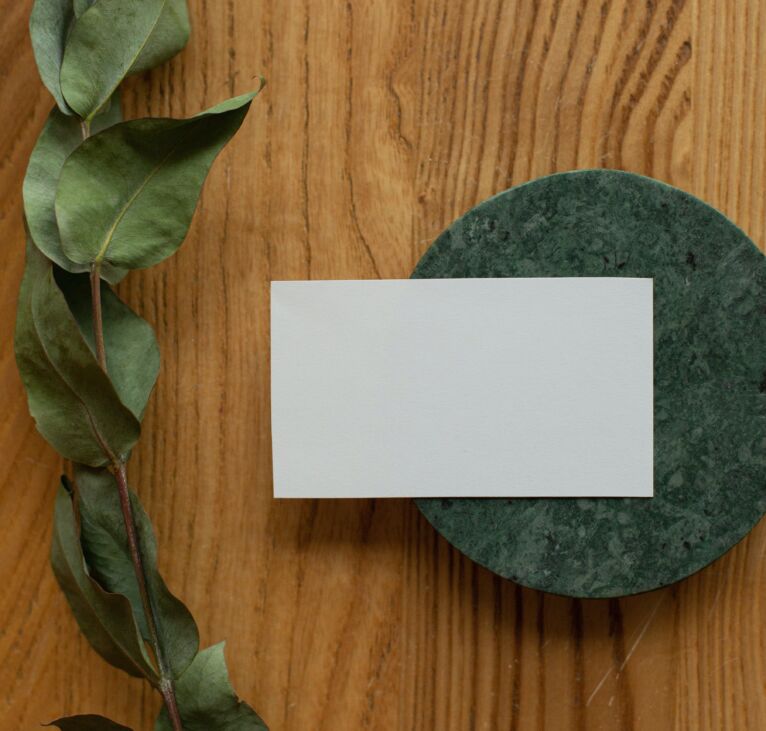
For the odds to be in your favor, knowing how to behave in a business context is essential. However, it can also also be complex with all the details you may have not thought of.
Here is an explanation of some Japanese business etiquette as well as ones you know before entering a Japanese business meeting.
Introduction & Greetings
When you meet people for the first time, you will have to bow and greet them in a certain way. You can shake hands while bowing, but most people just bow. However, this depends on the person in front of you.
Learning how to say “hello” in Japanese leave a good impression. You can see a breakdown of greetings below.
Good morning | Ohayō-gozaimas(u) |
Good afternoon | Kon-nichiwa |
Good evening | Kon-banwa |
You should also prepare business cards. Having about 100 for one week will allow you to meet many professionals. Ideally, one side should be English and the other side should be a Japanese tradition. However, when presenting your business card, show the Japanese side to the person who is receiving it. These cards are extremely important since they represent you and your company, so pay attention to their quality.
When you are receiving a business card, do not take it with one hand! Receive the card with both hands and bow at the same time. Look at it for a moment and leave it face-up on the table if you are setting it afterward”
Similarly, if you are receiving a gift, take it with both hands and do not open it in public as it can cause embarrassment. You will probably notice that gifts are never in a set of four or nine. This is because these numbers have a negative meaning in Japanese. Four is pronounced as shi, which can mean “death” and nine is pronounced as ku which can mean suffering.
Please be conscious when you have met someone several times already. Knowing them before does not mean you already have a developed “business intimacy”. A Japanese businessman can take some time to trust someone, so having a development a good relationship with them is a long term process.
Before and During the Meeting
It is best to follow Japan’s schedule. So do not be late or call an hour or two before to confirm you will be attending the meeting. In general, it is better to arrive early and leave on time as a sign of respect.
When you arrive, greet everyone with a bow and sit in the correct seat when they invite you. Of course, there are Japanese customs concerning seating arrangements: a person with the heist status sits next to the meeting leader and the one with the lowest status sits closest to the door. If you are not sure or uncomfortable with this custom, wait for the Japanese employees to sit down and do the same thing on the other side of the table.
If you are presenting or have slides, they should be in Japanese as well as have details. This means that each slide represents an essential point. You should also print copies of the slides that you can hand out to everyone in the meeting. Also, it is better to have more copies since it can be rude if one Japanese employee did not receive one.
“Please know discussions during a break or after the meeting are usually considered to be the continuation of it, so avoid making too many jokes”
When Eating
Many mistakes are made when eating. However, if done right, this can be an excellent opportunity to build a relationship with the Japanese side.
Before eating, it is a good thing to say “itadakimas(u)” before eating and “gochisosama deshita” when you are done eating.
- Do not point someone or something with them
- Do not wave them
- Do not pass food to someone
- Do not stick them into a bowl of rice
- Do not stab food
- Do not play with them, use them to eat only
You should also know that it is okay to make noise when eating in Japan. It is a sign that you are enjoying yourself.
On a different note, if you are in a formal setting and need to blow your nose, go to the restroom to do so.
These are the basic behaviors when eating, however, you should also avoid topics such as politics, religion, or money (unless someone on the Japanese side starts talking about it).
Conclusion
There are many customs concerning Japanese etiquette. However, being concise will allow you to know what to do in a professional setting. Also, do not stress if you have made a mistake. This is a trial and error process that will guide you to understand Japanese business etiquette.





